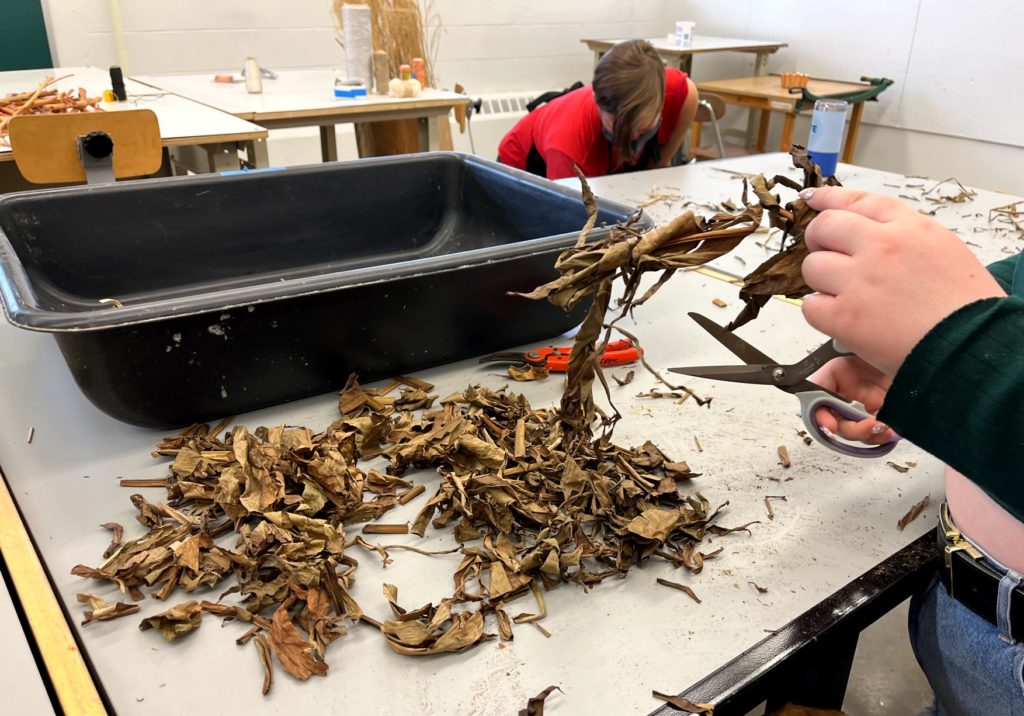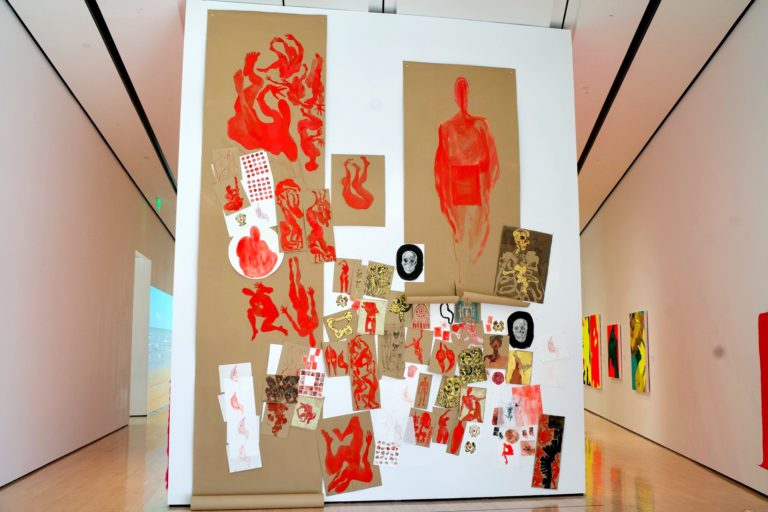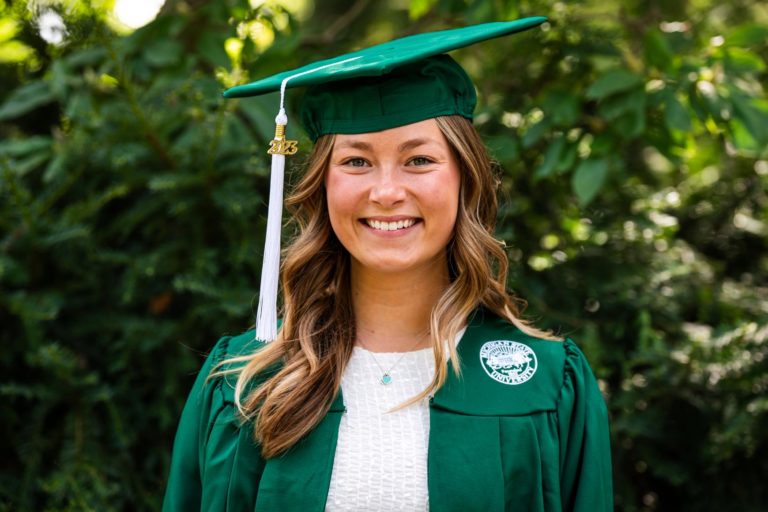A new and thought-provoking dance performance project, called BranchOut, which will engage audiences with the natural environment around them while experiencing and exploring the nature of tree communication and the interconnection between plants, will hold its first performance at Michigan State University’s Horticulture Gardens on Wednesday, May 4, at 5 p.m.
BranchOut’s interactive dance performance was born from a desire to creatively fuse the audience into the performance. It combines dance, augmented reality, and audience participation and is a collaboration between scientists and artists at Michigan State University and Brigham Young University as well as local community organizations, all working together to create an event that encourages audience engagement with the natural environment.

This collaboration is being led by Alison Dobbins, Associate Professor of Integrated Performance Media Design at Michigan State University.
“My research focuses on audience integration with performance through the use of technology,” Dobbins said. “For BranchOut, Emily Huff, Rebecca Schuiling, Megan Halpern, and I wanted to explore how an audience can engage, not just with performers, but with the environment.”
“My research focuses on audience integration with performance through the use of technology. For BranchOut, Emily Huff, Rebecca Schuiling, Megan Halpern, and I wanted to explore how an audience can engage, not just with performers, but with the environment.”
Alison Dobbins, Associate Professor of Integrated Performance Media Design
Kori Wakamatsu, Associate Professor of Dance at Brigham Young University, choreographed a dance that reflects the symbiotic nature of plants, which weaves together a story of connection and communication, portraying plants’ ability to transfer nutrients and information through their roots and environment.
“It has been a thrill to be a part of BranchOut,” Wakamatsu said. “The choreography has been a collaborative effort with the dancers.”

Wakamatsu has had to create this site-specific work without ever being physically at the site, which she describes as challenging but exciting.
“It is a true test of virtual staging, remote Zoom rehearsals, and asynchronous planning,” Wakamatsu said. “The saying that you never step in the same river twice applies well to this kind of dance making. You never dance the same piece twice, so we hope you come see a one-of-a-kind performance that immerses you in the gardens.”
Mandy Marsili, freshman Acting major at Michigan State University who serves as BranchOut’s Community Engagement Organizer, says that the dance and the music go hand-in-hand.
“The big idea was to get the audience not only engaged with the performance, but with the environment too. We wanted to augment the environment hence the augmented reality used in this performance.”
Mandy Marsili, Acting major and BranchOut Community Engagement Organizer
“The music is inspired by the variety of sounds in nature, with sounds the audience can make,” Marsili said. “And, the dancer’s costumes are made with different textiles and yarn to help the dancers move and represent the flow of the connections between the trees.”
BranchOut’s augmented reality (AR) component allows audience members to experience their natural surroundings from a new perspective. Audiences can use the mobile app to engage with representations of the wireless communication networks used by trees and plants and can communicate with trees via text and explore other visualizations to learn more about plants.

“The big idea was to get the audience not only engaged with the performance, but with the environment too. We wanted to augment the environment hence the augmented reality used in this performance,” Marsili said. “The goal is to have the AR functional beyond the performance date for future guests of the gardens to enjoy and learn from. AR really helps deepen understanding and illustrates an artist’s rendering of tree transport.”
To create the mobile app and AR experience, BranchOut partnered with the Center for Interdisciplinarity and the MSU IOS Design Lab. The content for the AR app was generated by Emily Huff, Assistant Professor in the Department of Forestry at Michigan State University, and her Department of Forestry undergraduate students.
“It’s been a pleasure to work with the arts, theater, and dance team and see this science-arts partnership take form. The BranchOut concept is a unique way to communicate scientific topics to a wider audience.”
Emily Huff, Assistant Professor in MSU’s Department of Forestry
“It’s been a pleasure to work with the arts, theater, and dance team and see this science-arts partnership take form,” Huff said. “The BranchOut concept is a unique way to communicate scientific topics to a wider audience. My goal as a natural resource social scientist is to facilitate human engagement with the world around them and this performance does just that. Trees exist in an ecosystem network just like humans exist in a social network. Mapping these concepts through BranchOut has been a remarkable experience and I hope to see future science-arts partnerships like this.”
BranchOut is funded in part by the Michigan Council for Arts and Cultural Affairs (MCACA), Michigan State University’s College of Arts & Letters, MSU Center for Interdisciplinarity, MSU Honors College, and Bringham Young University.
Admission to the May 4 performance is free. However, those interested in attending are encouraged to reserve their spot ahead of time.
For more information, visit the BranchOut website.


